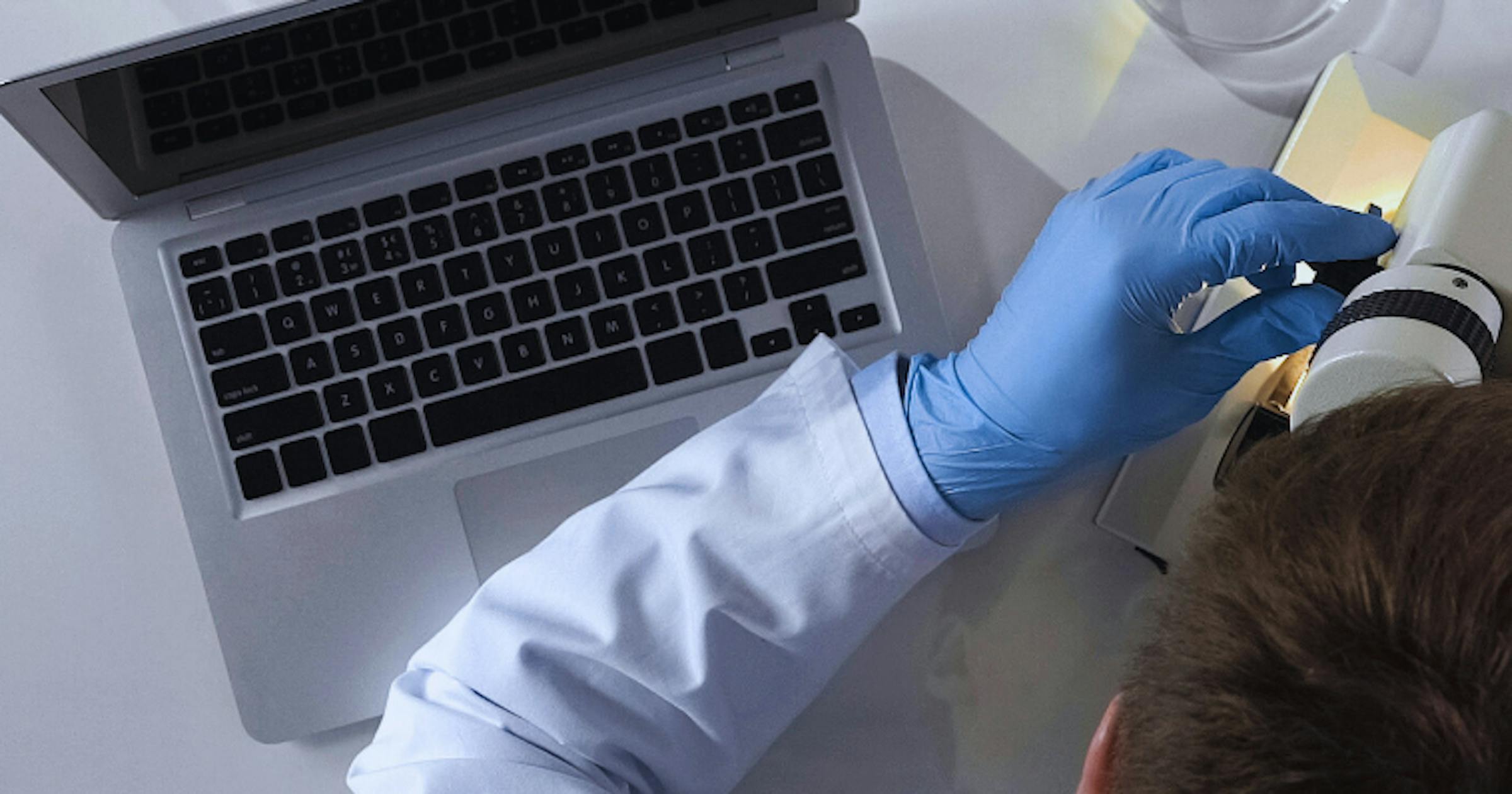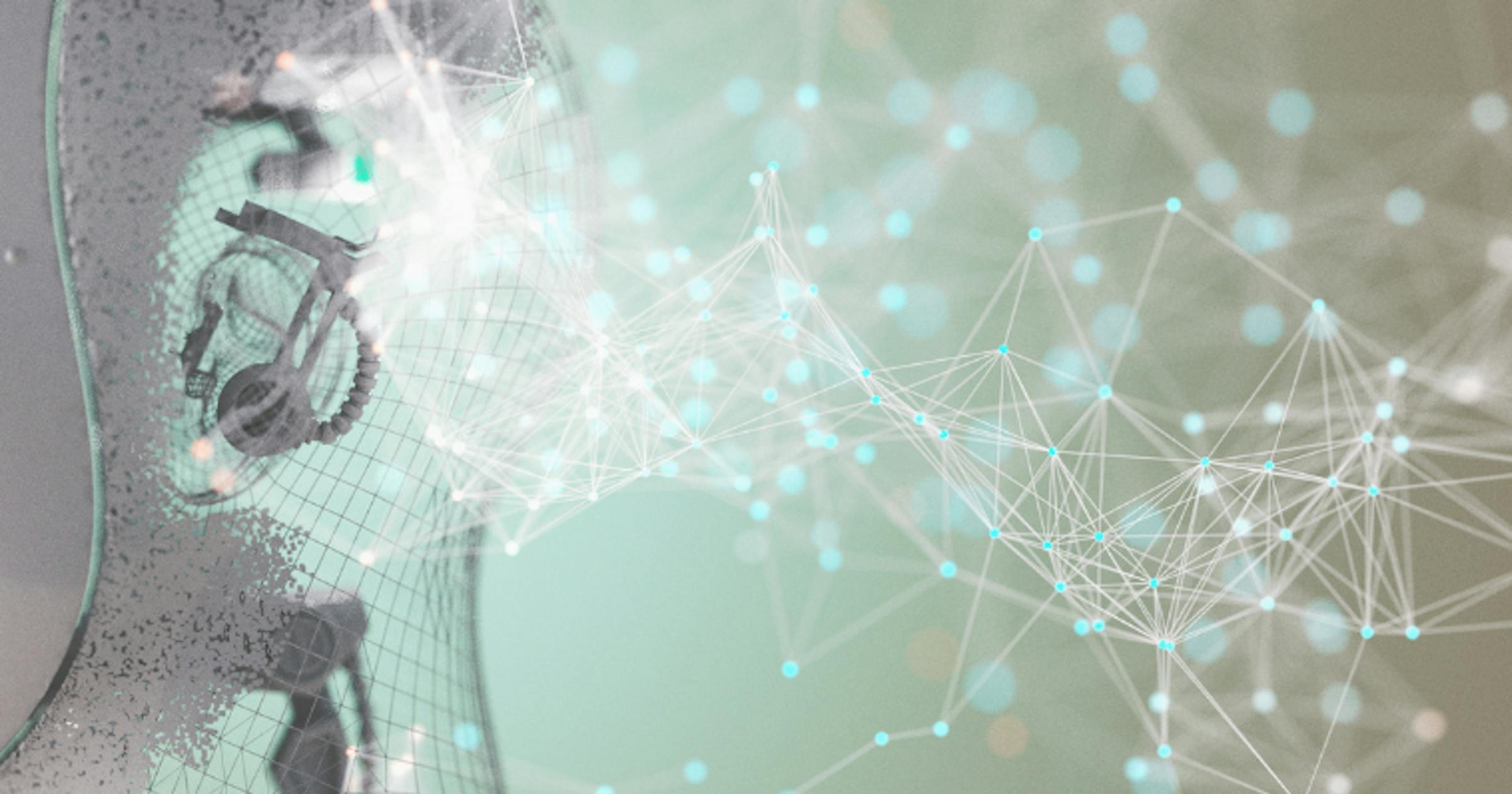
Why should you integrate document monitoring into your medical practice?
05/21/2025

In a world where biomedical research is evolving at lightning speed, medical scientific monitoring has become an essential pillar for healthcare professionals, researchers, librarians, and teacher-researchers. Conducting effective monitoring enables fast access to the latest scientific publications, early detection of weak signals, tracking of therapeutic innovations, and reinforcement of health safety.
But how can one navigate this sea of scientific information and data from bibliographic databases? This article introduces practical strategies and tools to help you structure your monitoring process and optimize access to medical documentary resources.
The first step toward effective medical literature monitoring is to set up an automated system to keep track of electronic journals and scientific databases such as PubMed, EMBASE, or Scopus. With tools like Zotero or library portals like the Inserm documentation platform, you can organize your bibliographic searches and receive real-time alerts about new relevant publications.
These monitoring systems use specialized search engines and often allow access to full-text articles via open access or institutional subscriptions. Some tools even include content aggregators to centralize journal articles, monitoring bulletins, and bibliographic database records.
However, these tools are often limited to keywords or generic notifications.
👉 The solution? Use an AI tool like PaperDoc It lets you search using natural language (e.g., “innovative treatments for glioblastoma”), get sourced answers, and receive tailored recommendations based on your specialties.
With a database of over 200 million scientific articles, the tool identifies relevant publications as soon as they are released.
Medical scientific monitoring isn’t just about written data—it also thrives through dialogue with research teams, monitors, and national research institutes. Attending conferences, subscribing to specialized newsletters, or following updates from organizations like CNRS, Ined, or IRD helps you stay ahead in your area of expertise.
Collaborative monitoring networks, platforms like ResearchGate, or open-access archives (such as HAL and PubMed Central) facilitate the dissemination and discussion of the latest scientific developments.
👉 Practical tip: Use PaperDoc to create your own thematic collections (by pathology, treatment type, etc.), which you can share or comment on with your colleagues.
Actively participating in scientific research is itself a powerful monitoring strategy. Writing theses, publishing articles, contributing to newsletters, or drafting science communication materials exposes you to new methodologies, existing monitoring systems, and connects you with librarians at documentation centers.
This activity is closely tied to research and development, giving you privileged access to advanced bibliographic data.
👉 PaperDoc can support your contributions through:
Training programs are available to help you navigate university library catalogs, use specialized documentation databases, or master tools like Zotero, Mendeley, or Google Scholar. These skills are essential for building relevant bibliographies, structuring complex research, and developing a solid monitoring strategy.
These programs are often offered by resource centers, research units (UMRs), or organizations like Cirad, and can be tailored to various fields: public health, social sciences, biology, or even cybersecurity.
Participating in conferences, webinars, or training sessions is an excellent way to expand your monitoring capabilities. These events provide insight into the latest trends, expert opinions, and direct exchanges with practitioners.
👉 Tip: In between events, use PaperDoc’s integrated scientific newsfeed to stay up to date effortlessly.
In an environment flooded with electronic resources, the risk of saturation is real. To manage it effectively:
PaperDoc is an innovative platform for healthcare professionals seeking to streamline and secure their scientific monitoring process.
Here’s what it offers:
In short, PaperDoc acts as a digital monitoring hub, built to meet the needs for accuracy, speed, and simplicity in medical research.
Creating a relevant medical scientific monitoring system isn’t just about gathering information—it’s about establishing an operational, structured, collaborative system aligned with your professional goals. By relying on powerful tools, developing your scientific documentation skills, and staying connected with the research community, you turn information into a true performance driver.
And if you’re looking for a simple, all-in-one tool to centralize your strategic monitoring, PaperDoc might just become your best ally.
Photo credit: triloks via Getty Images Signature
Do you want to keep abreast of the latest medical developments in your field? PaperDoc searches, filters and summarizes the scientific literature for you
Register for free
05/21/2025

05/21/2025

05/21/2025

05/21/2025

05/21/2025